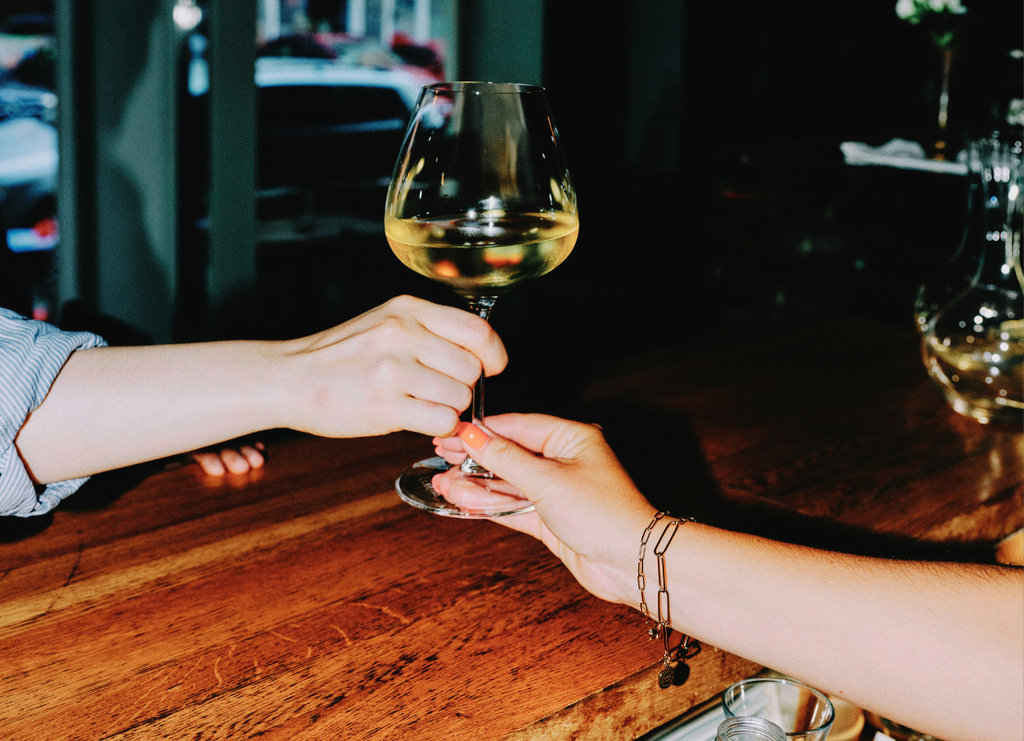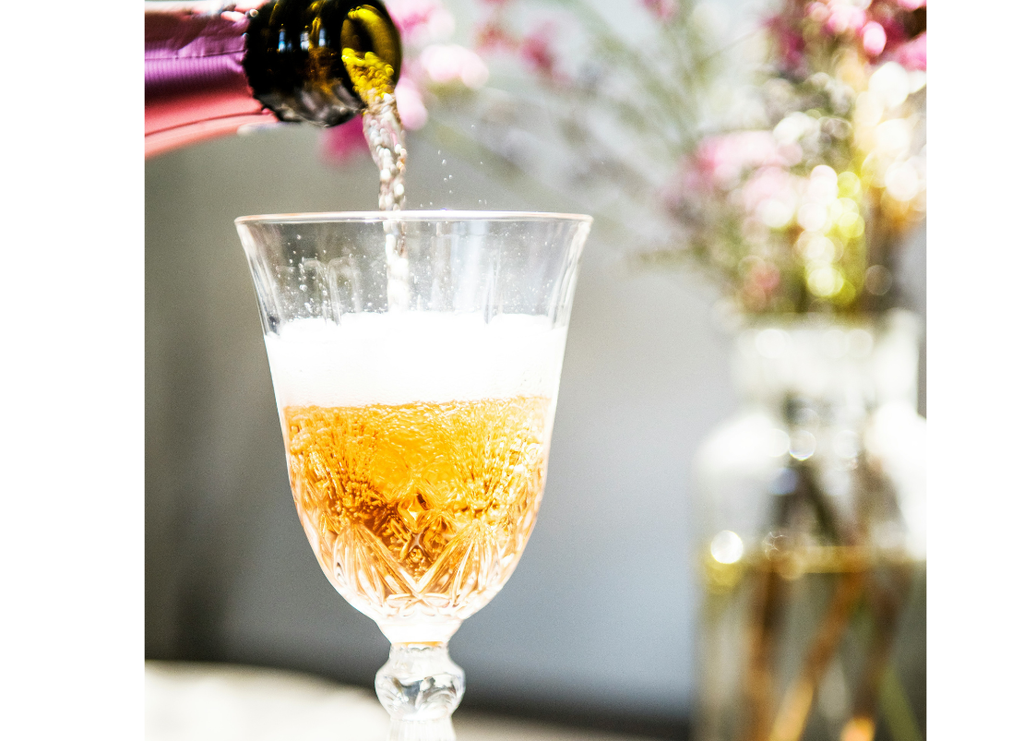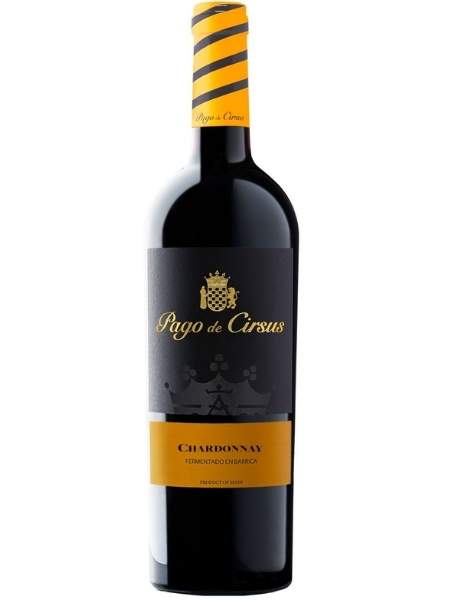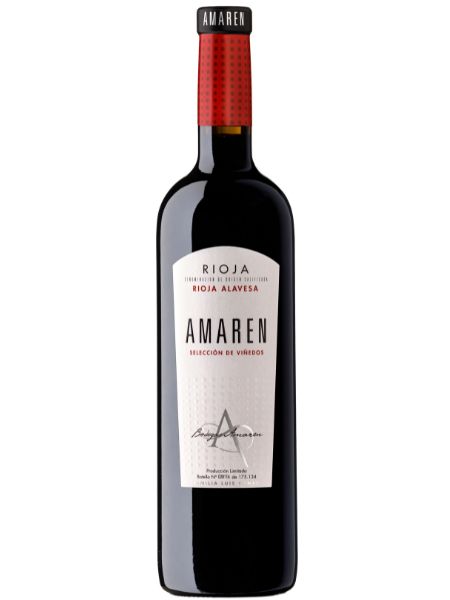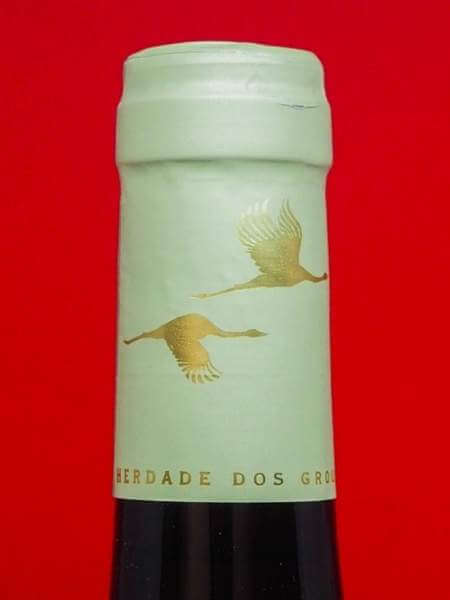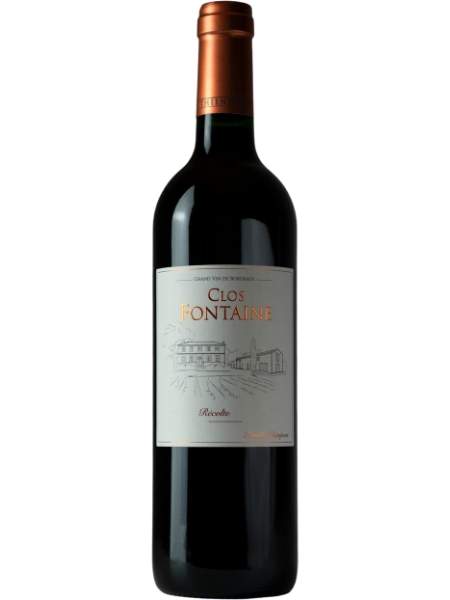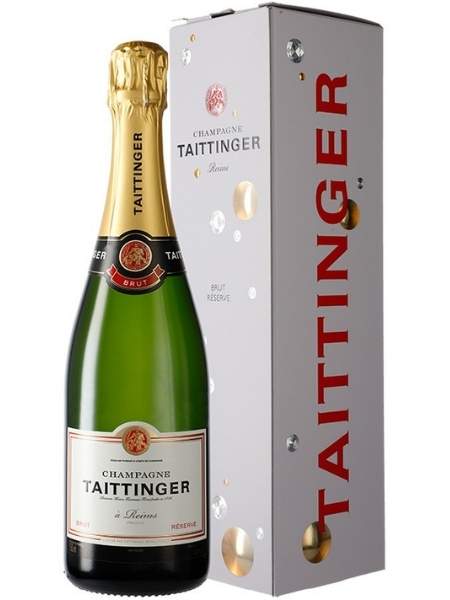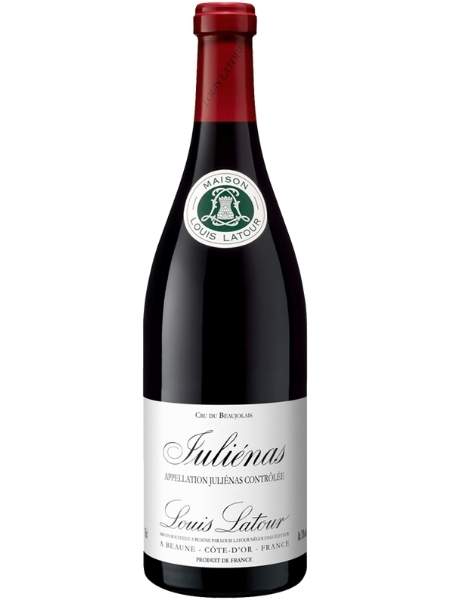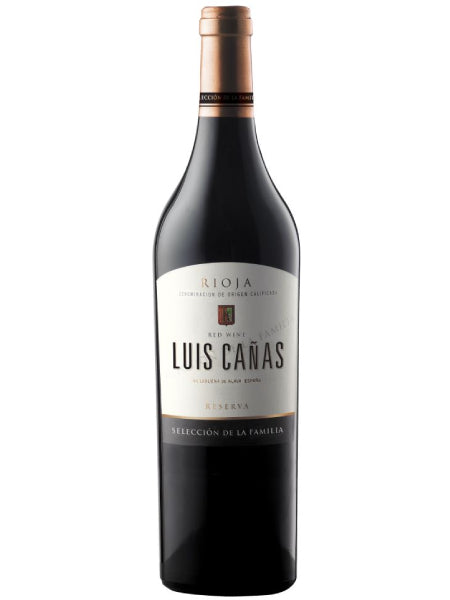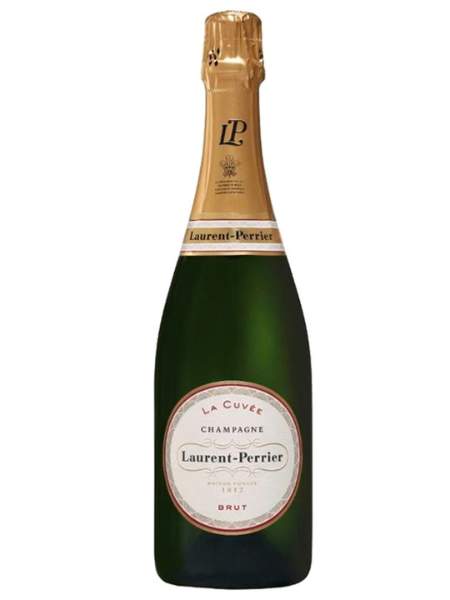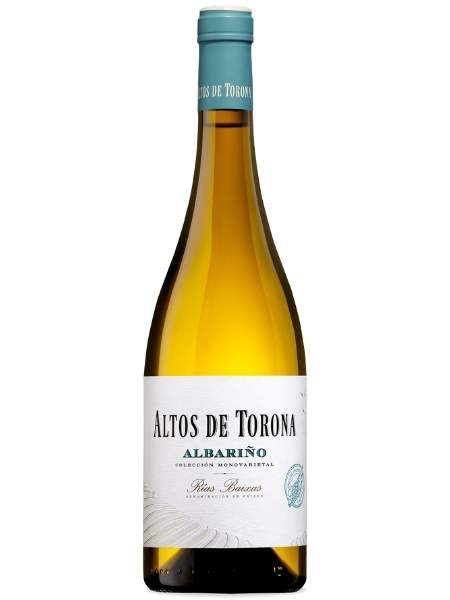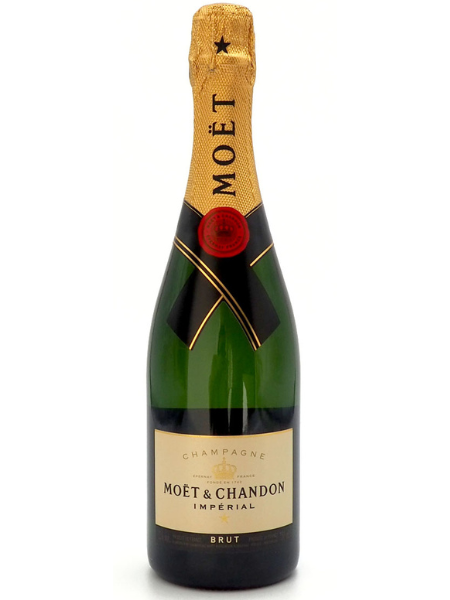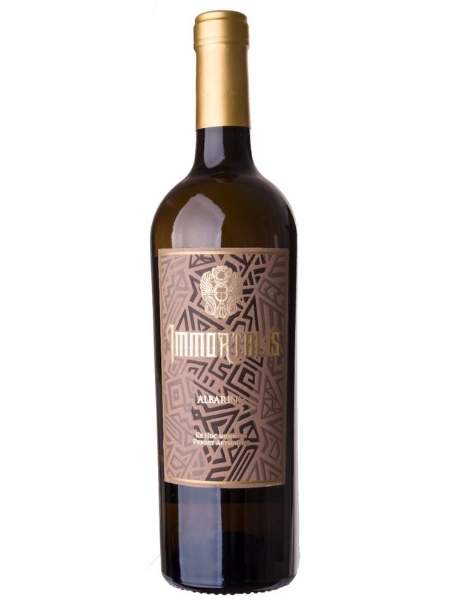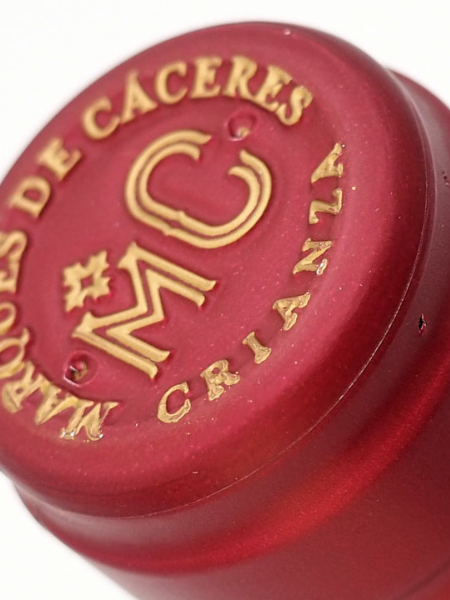
Sugar and Wine Quality

Today we will talk about something that many people know but do not understand, namely, the classification of wines according to the amount of sugar.
Many of you have read wine labels that mention dry, semi-dry, sweet, or semi-sweet, and sometimes you may think that the quality of the wines is determined by the amount of sugar in them.
This is a false statement, the quality of a wine is not influenced by the amount of sugar, but by the quality of the grapes, the care given to the grape harvest, the minimal impact on bunches, vines and the environment, the treatment in the cellar and further processing under the watchful eye of the winemaker and his team.
In this article, I'll explain where the sugar in the wine comes from, and what the residual sugar is.
Winemaking Process
The winemaking begins with the fermentation process, which involves turning naturally existing sugars into grapes into alcohol.
This transformation is carried out by the yeasts, but it is not complete. After the completion of the fermentation process, there is always an undetermined amount of sugar that does not ferment, and this amount is called residual sugar.
Depending on this quantity, we classify the wines as dry, semi-dry, semi-sweet and naturally sweet, this classification not having to do with the quality of the wine, but with the personal taste of each person.
Residual Sugar in Red, White and Rose Wines
Dry red and dry white wines usually have less residual sugar, but white wine contains more sugar than red wine. Another aspect to consider is the age of the wine. The younger it is, the more sugar it has, even if this amount is minimal, ranging from 1-3gr / litre of wine.
Certain grape varieties contain more natural sugar, and you can taste this sweetness on the tip of your tongue. In addition, there is an odourless, colourless liquid produced by the yeasts. This is glycerin, present in all wines, and its purpose is to give structure, delicacy, consistency and that sweet, pleasant aroma.
There is also a lot of talk about fattening, high-calorie wines. Well, these are the ones that contain the most residual sugar, the Italian prosecco or sparkling wine type.
This is not the case with our Cava Maria Rigol Ordi Brut Nature 2017 wine, a Cava made with the classic varieties of Cava, xarello, parellada and macabeo grapes, an ecological, fresh, subtle and elegant Cava. It has only 3 grams of sugar per litre and only 67 calories.
But if you like Cava rosé, you should taste our wine Cava Mítica Brut, from the bodega Josep Masachs, made with the grape variety trepat, a local variety from the designation of origin Conca de Barberà. This has up to six grams of sugar per litre, a seductive and youthful Cava, ideal for a couple of toasts.
I also recommend our white wine Immortalis, from the bodega Pago de Aylés, an excellent dry white wine, made of the Albariño grape.
It is an aromatic, fresh and balanced wine from the Rias Baixas. Therefore, everything comes down to the following: the more sugar the wine has, and the sweeter it is, the more calories it has.
As is easy to understand, wine contains carbohydrates. However, compared to beer, if we take the same unit of measurement, beer has 80% more carbohydrates than wine.
In conclusion, the natural sugar in wines does not affect their quality. But you have to keep in mind that wines that contain less sugar are healthier, and behave better with our body.
Thus, I encourage you to have a healthy diet without depriving yourself of a nice glass of wine. Also, a glass of wine is part of the Mediterranean diet, one of the most famous and healthiest in the world.
We end with the advice of our friend Isabel Zaro: " do not catalogue the quality of wines according to their sweetness ". Sugar does not make them better or worse, but only divides them into assortments for all tastes.
All the great variety of wines that we offer in our store was based on the same principle; to offer a wide selection of outstanding wines.
We cannot conclude without thanking Isabella Zaro ( Sommelier who graduated from UgD University ) for documenting this reading.
And to you, wine lovers, see you next time!
Dis & Dis team

